Your cart is currently empty!
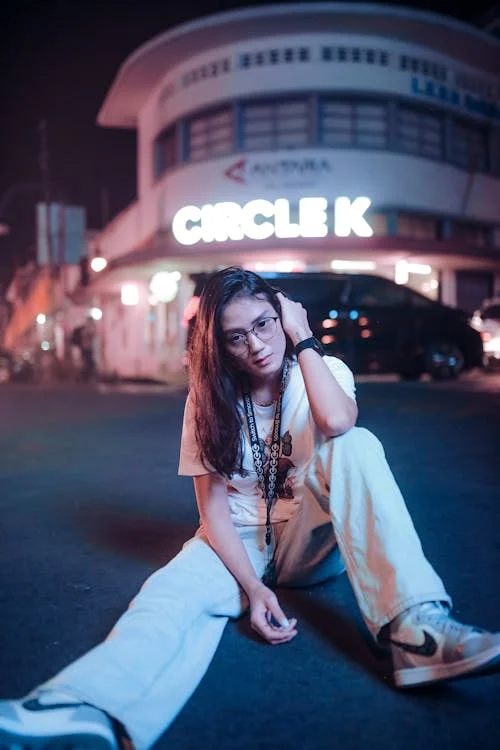
The 1920s was a revolutionary era in women’s fashion, representing a shift from the conservative styles of previous decades to a more liberated and expressive aesthetic. As the Roaring Twenties ushered in a period of social and cultural transformation, fashion played a pivotal role in reflecting the newfound freedom of women. Below, we delve into the iconic trends and images that defined 1920s women’s fashion, a period of elegance, rebellion, and innovation.
The Flapper Dress: A Revolutionary Symbol of Freedom
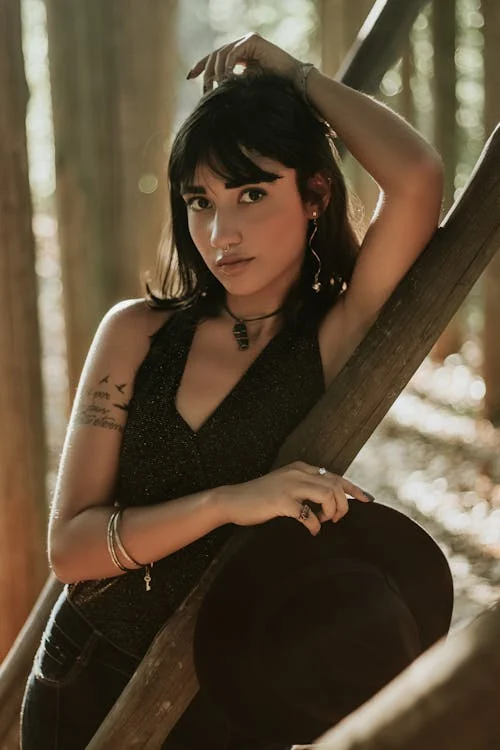
The Rise of the Flapper
The flapper dress is perhaps the most enduring image of the 1920s, symbolizing the liberated woman of the era. It featured a straight, loose silhouette that dropped at the waist, which was in stark contrast to the fitted corsets and elaborate layers worn by women in previous decades. The flapper dress was often adorned with fringe, beads, and sequins, designed for women who wanted to dance and move freely at speakeasies and jazz clubs.
Key Features of the Flapper Dress:
- Dropped waistlines that created a boyish, elongated figure.
- Shorter hemlines shocked conservative society but became a hallmark of the era.
- Use of luxurious fabrics like silk, satin, and chiffon.
- Intricate embellishments, such as fringe, beads, and feathers, which added a sense of movement and fun.
The Impact of Jazz on Fashion
The jazz age had a significant influence on the fashion of the time. Jazz music, with its lively and energetic beats, required a wardrobe that allowed freedom of movement. The flapper dress was designed with this in mind, allowing women to dance the Charleston and other popular dances of the era. As jazz music gained popularity, so did the vibrant and daring styles that accompanied it.
Coco Chanel and the Birth of Modern Fashion
The Little Black Dress (LBD)
One cannot discuss 1920s fashion without mentioning Coco Chanel, who is often credited with revolutionizing women’s clothing during this period. Chanel introduced the concept of simplicity and elegance, moving away from the ornate and restrictive clothing of the past. Her introduction of the Little Black Dress (LBD) in the 1920s changed the fashion landscape forever.
Key Contributions of Coco Chanel:
- The Little Black Dress became a timeless wardrobe staple.
- Trousers for women broke gender norms and offered women a more practical, comfortable option.
- The use of jersey fabric, a material previously reserved for men’s underwear, which Chanel transformed into chic, modern garments for women.
Chanel’s designs emphasized practicality and freedom, helping to shape the modern, independent woman.
The Influence of Art Deco on Fashion

Geometric Patterns and Bold Designs
The Art Deco movement, which dominated the visual arts and architecture of the 1920s, had a profound influence on fashion. This artistic style emphasized bold geometric patterns, rich colors, and luxurious materials. Fashion designers of the 1920s adopted these elements, creating garments that were visually striking and innovative.
Art Deco Influence on Fashion:
- Bold geometric patterns are featured in evening gowns, accessories, and hats.
- Use of metallic fabrics and beading to create a sense of glamour and sophistication.
- Jewelry became more geometric and symmetrical, often featuring diamonds, onyx, and emeralds.
Hairstyles and Accessories of the 1920s
The Bob: A Defining Hairstyle
The bob haircut was a radical departure from the long, flowing locks of previous decades. This short, cropped hairstyle became a symbol of the modern woman’s independence and boldness. Women who wore their hair in a bob were often seen as daring and rebellious.
Characteristics of the Bob:
- Short length, usually cut to the chin or just below the ears.
- Often styled with finger waves or pin curls for a sleek, polished look.
- Paired with bold makeup, including dark eyeliner and red lipstick.
Iconic Accessories: Cloche Hats and Long Beads
Accessories played a significant role in completing the 1920s fashion look. Two of the most iconic accessories of the era were the cloche hat and long strings of pearls or beads.
Cloche Hats:
- Tightly fitted hats that hugged the head, often covering the forehead and worn low over the eyes.
- Made from materials like felt, straw, or silk, and often decorated with ribbons, feathers, or brooches.
Long Beads and Pearls:
- Worn in long strands that often reached the waist or even the hips.
- Layered over simple dresses to add elegance and flair.
Fabrics and Textiles of the Era
Luxurious and Lightweight Materials
The 1920s saw a shift in the types of fabrics and materials used in women’s fashion. As women began to embrace more active social lives, there was a demand for lighter, more comfortable clothing that still retained an air of luxury.
Popular Fabrics of the 1920s:
- Silk and satin, are used in evening gowns and lingerie.
- Chiffon and tulle, are often layered in dresses to create a sense of movement.
- Velvet, which added richness and depth to evening wear.
The Social and Cultural Impact of 1920s Fashion
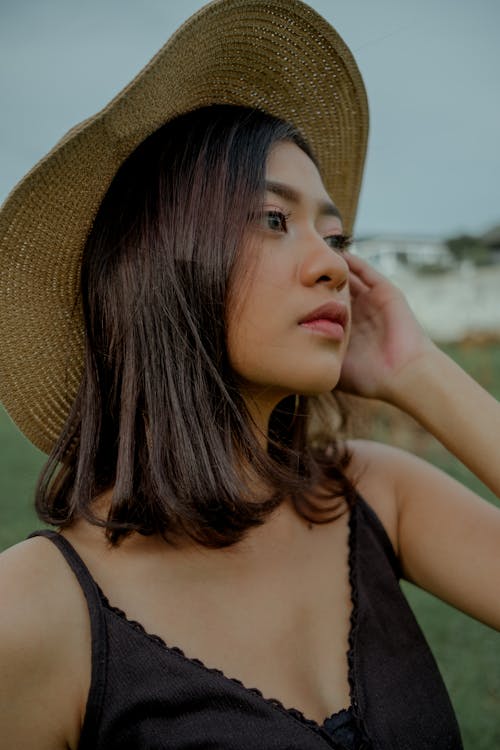
Women’s Liberation and Fashion
Fashion in the 1920s was not just about style; it was also a reflection of the broader changes taking place in society. Women were gaining more independence, entering the workforce, and fighting for their rights. The fashion of the time reflected this newfound freedom.
Key Social Changes Reflected in Fashion:
- Shorter hemlines and more relaxed silhouettes represented a break from traditional, restrictive clothing.
- The rise of sportswear and more practical clothing options reflected women’s increasing participation in physical activities and sports.
- The use of androgynous styles, such as the flapper dress and women’s trousers, challenged traditional gender roles.
Fashion Icons of the 1920s
Several fashion icons emerged during the 1920s, each contributing to the era’s distinctive style. Louise Brooks, with her signature bob haircut and daring fashion choices, became a symbol of the flapper lifestyle. Josephine Baker, known for her exotic performances and bold fashion choices, also had a significant impact on 1920s fashion trends.
Conclusion: The Enduring Legacy of 1920s Fashion
The fashion of the 1920s continues to inspire designers today, with its emphasis on freedom, innovation, and individuality. The iconic images of flapper dresses bobbed haircuts, and Art Deco designs are still celebrated in modern fashion. The 1920s was more than just a decade of style—it was a period of social and cultural transformation that forever changed the way women dressed and expressed themselves.
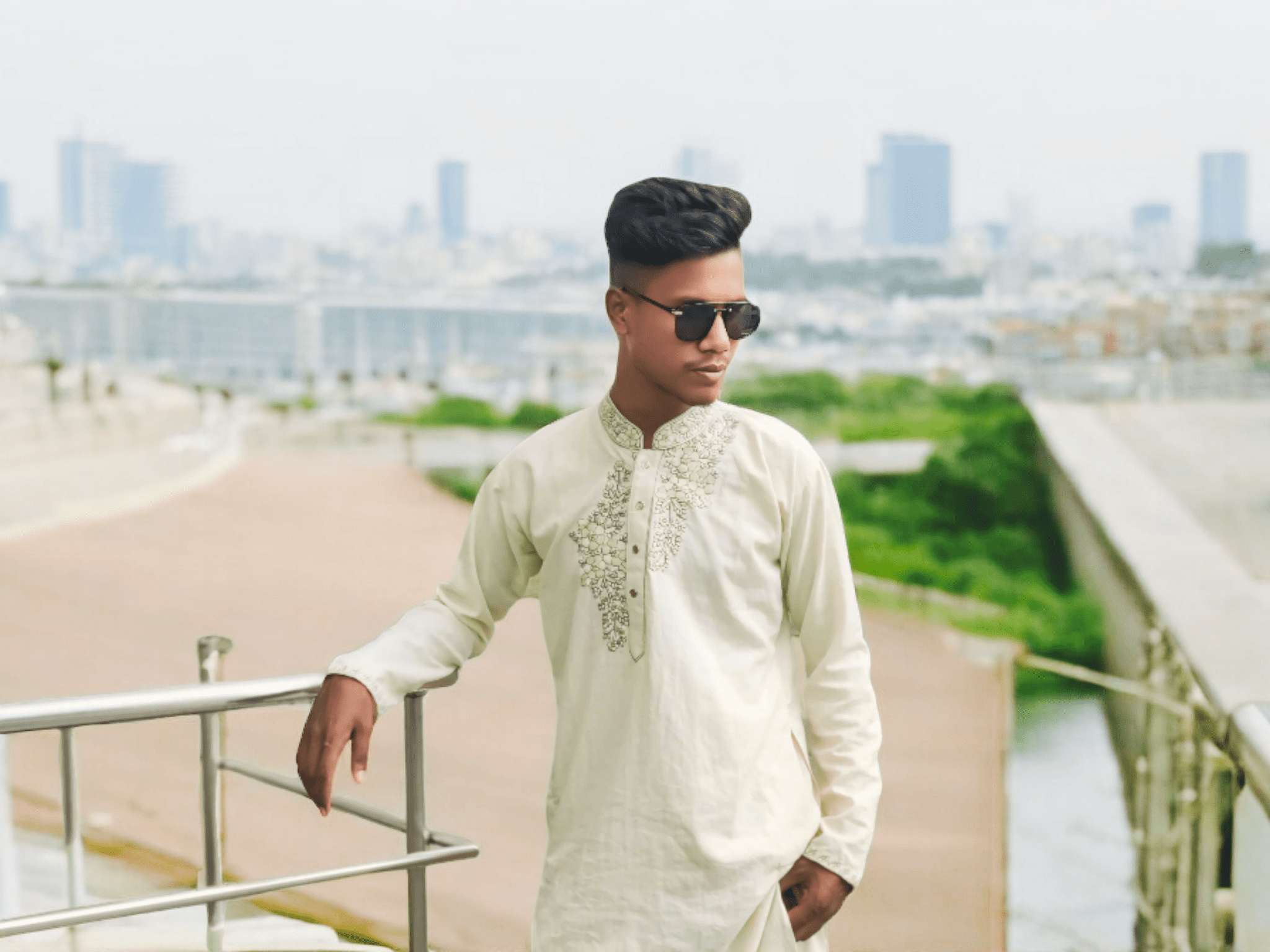
Assalamu Alaikum.. I am Mohammad Sojib I have been working in fashion for a long time I am in US and UK and I write about this topic in many places. I have been working and working on this topic for a long time
And I am a blogger I have been blogging about fashion for a long time in different places.
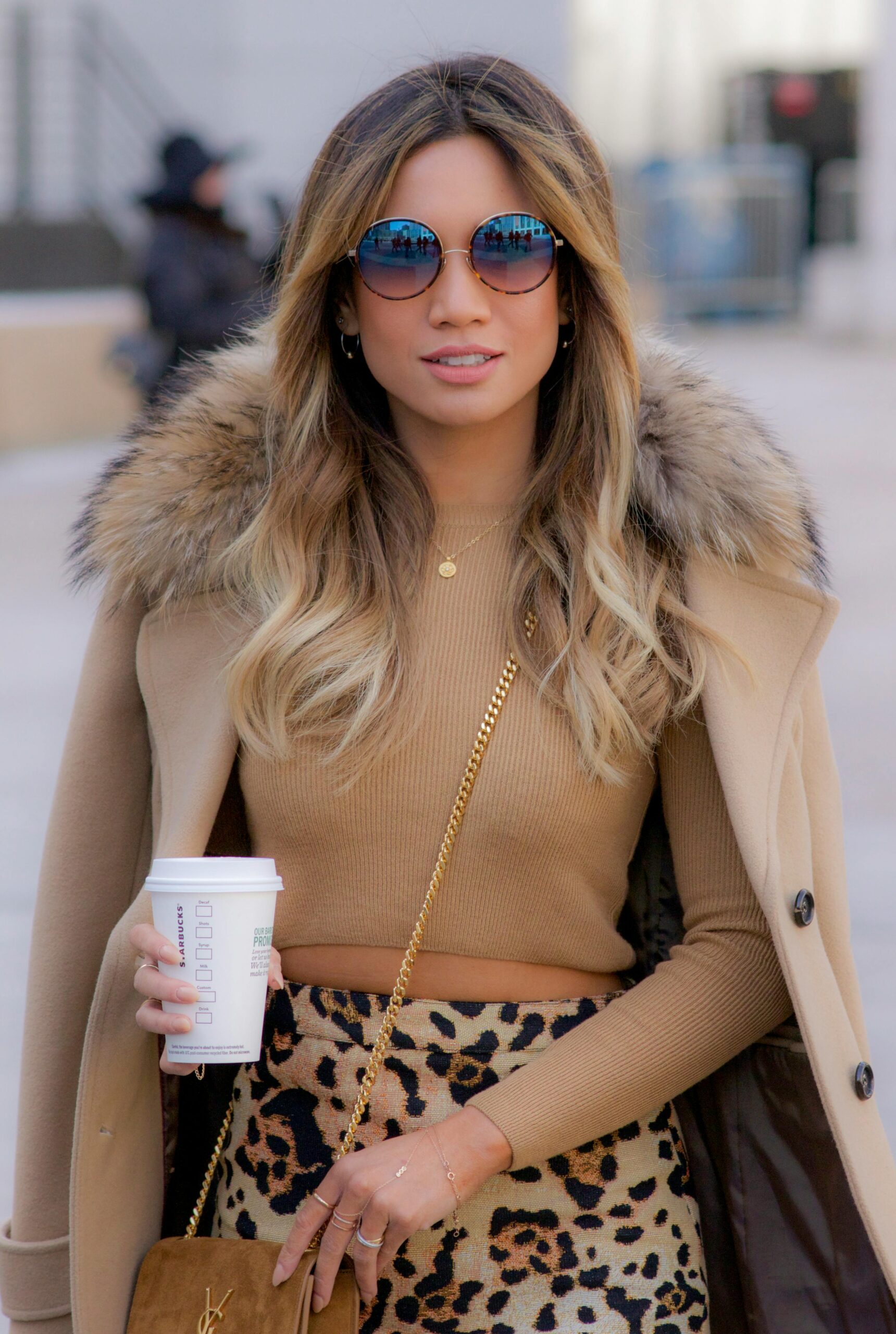
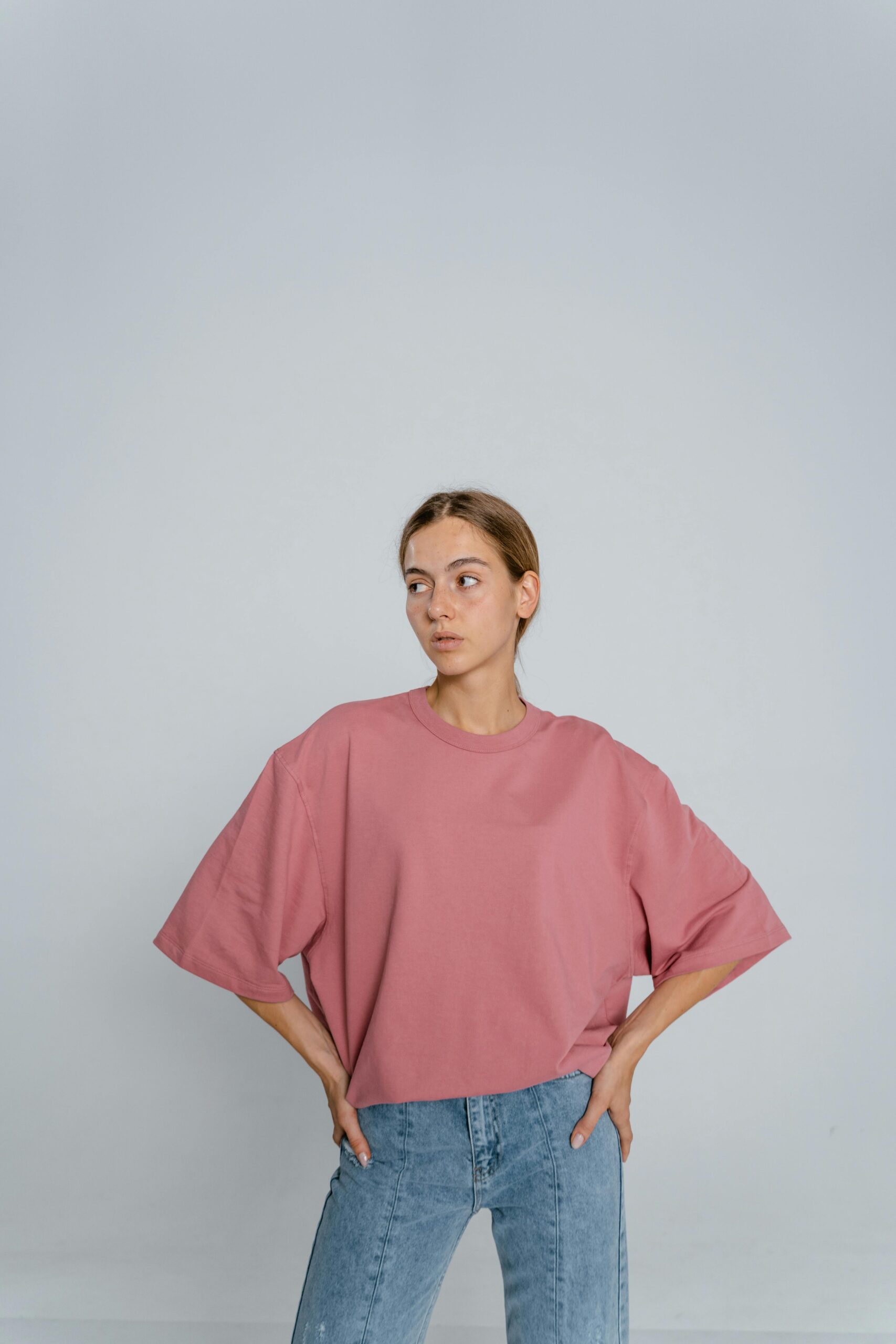
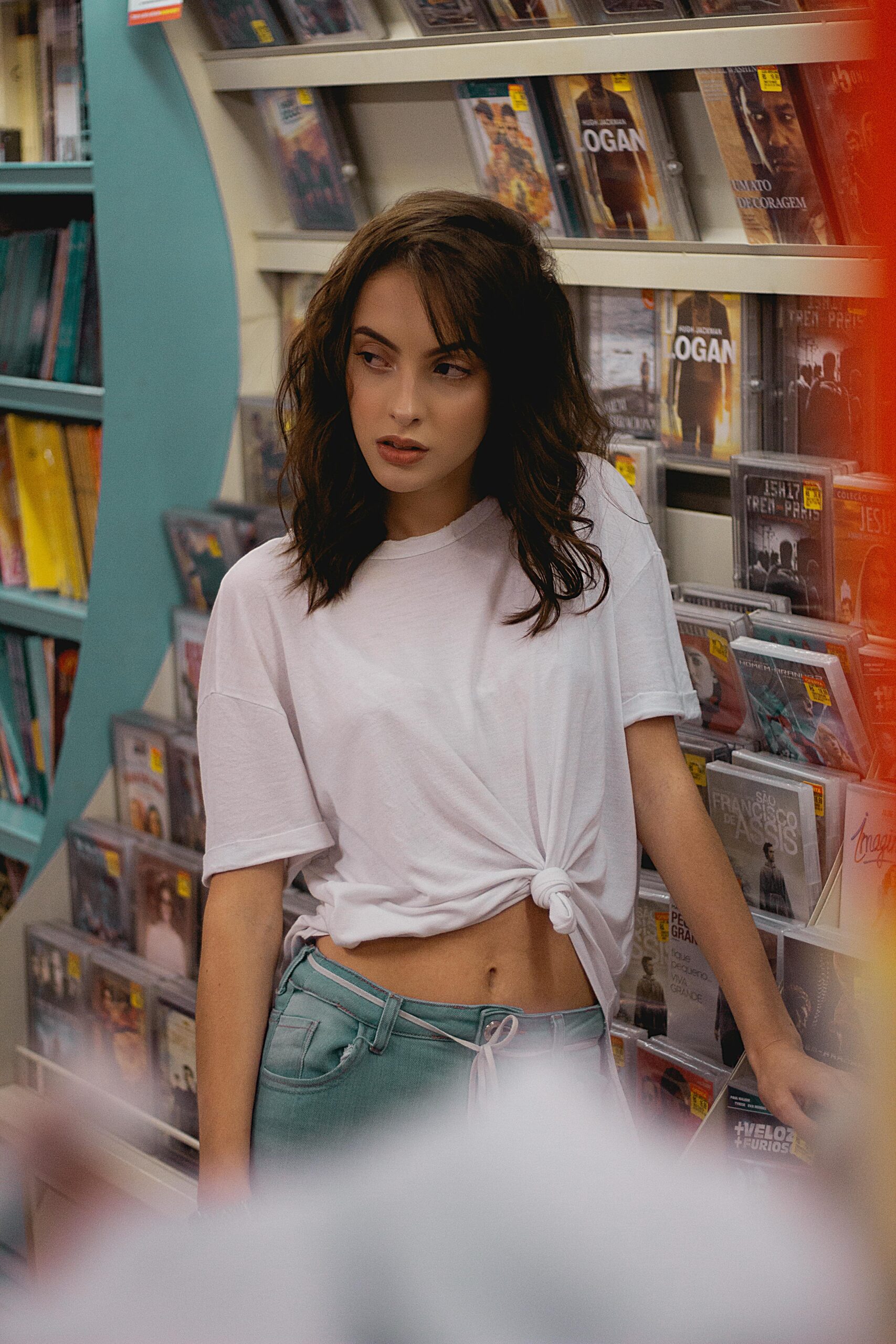





Leave a Reply